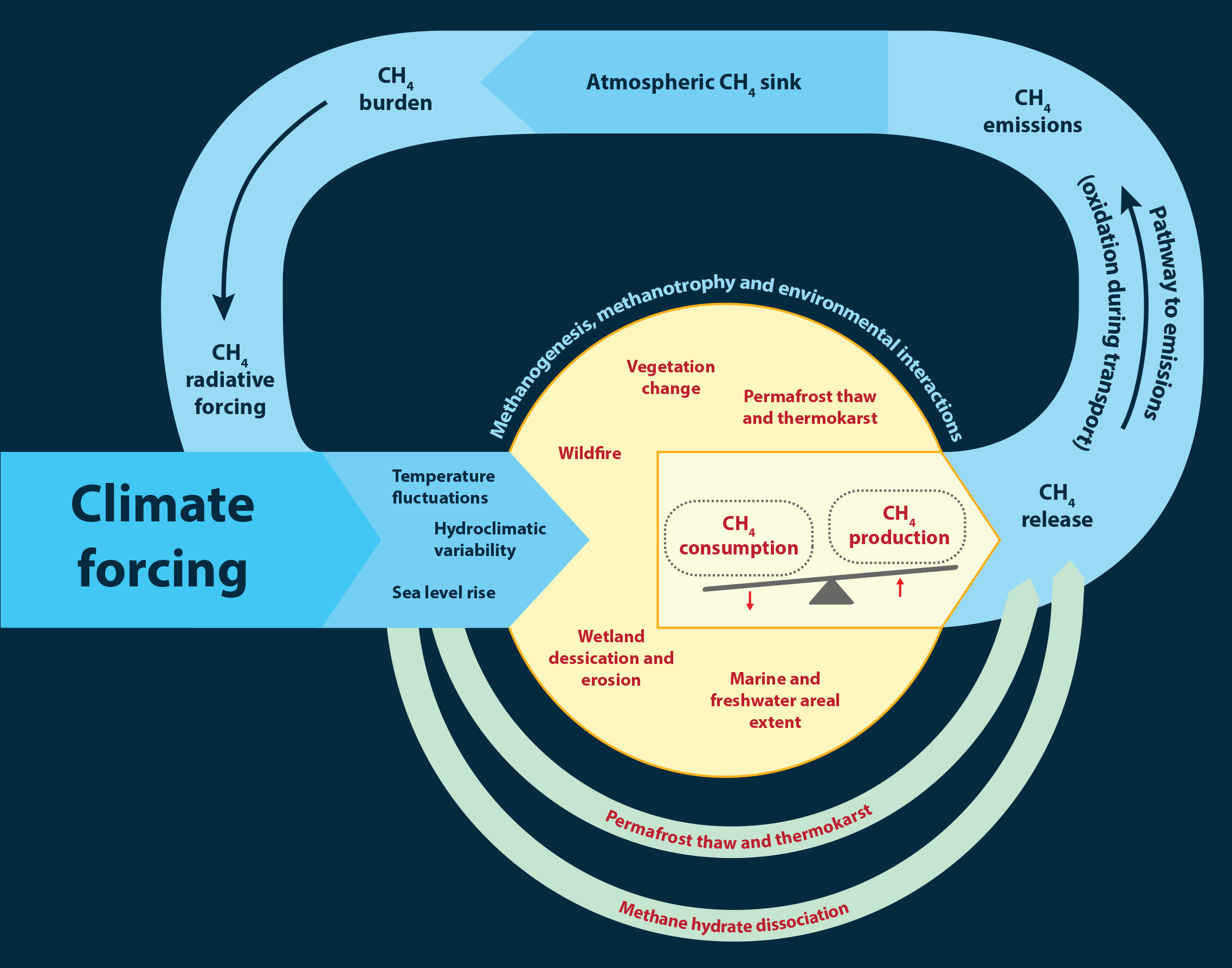Radiative forcing is the difference between the energy that Earth receives from the Sun and the energy it sends back into space. This value changes depending on what type of gases exist in Earth’s atmosphere and how much of each gas there are; changes in radiative forcing can cause Earth’s temperature to rise or fall, which impacts what types of life can live on it, how fast they reproduce, etc.
The greenhouse effect
In simple terms, radiative forcing is what changes when there are more greenhouse gasses in our atmosphere than normal, making it more difficult for heat to get out into space. The higher concentration of gases like CO2 and methane leads to ‘radiative forcing’, which means that these gases block a certain portion of radiation from escaping back out into space. This causes warming—just like how wearing a coat traps your body heat, so too do greenhouse gases trap Earth’s heat. But unlike a coat, we can’t take off our atmosphere! And if we continue emitting greenhouse gases at current rates, scientists predict that global temperatures will increase by 1.5°C by 2100—the highest predicted value since pre-industrial times. That doesn’t sound like much, but some experts believe even half a degree change could have disastrous effects on natural systems around the globe.
How radiative forcing works
There are several ways that Earth’s climate can be altered. The most obvious way is through greenhouse gases, which contribute to what we know as global warming. But there are other, less direct methods of altering Earth’s temperature as well, such as water vapor and radiative forcing. Both global warming and radiative forcing can be quantified—and quantifying these atmospheric impacts allows us to make more precise predictions about how our planet will change over time. So what exactly is radiative forcing? And how do you measure it? We explain below.
1) A positive number that represents a heat flux or energy flow into an object or system from its surroundings (the ocean, atmosphere or outer space). Radiative forcing occurs when incoming radiation exceeds outgoing radiation in a given area; if outgoing radiation exceeds incoming radiation, then we have negative radiative forcing.
2) A metric used to quantify changes in surface energy fluxes due to human activities or natural processes. It is often expressed as a watts per square meter (W/m2), but also sometimes in terms of joules per square meter per second (J/m2s), or kilowatts per square kilometer (kW/km2).
3) Factors that influence earth’s energy balance. They include solar irradiance, albedo, clouds, water vapor and greenhouse gas concentrations.
Positive and negative radiative forcing
These terms get thrown around a lot in climate-change discussions, so let’s take a look at what they mean. A positive radiative forcing occurs when some outside source—either natural or human-made—adds energy to our atmosphere. A negative radiative forcing happens when something removes energy from our atmosphere. The two most common types of radiative forcings are greenhouse gases (which add energy) and aerosols (which remove energy). Greenhouse gases have been increasing since humans started burning fossil fuels on a large scale, while aerosols have been decreasing as we’ve cleaned up air pollution over time. The result of these opposing forces has been an overall increase in radiative forcing since preindustrial times. Radiative forcing is measured by Watts per square meter (W/m2), which tells us how much extra energy each additional molecule of that gas traps. Carbon dioxide, for example, traps about 2 W/m2 of heat; methane traps about 25 W/m2.
Examples of positive and negative radiative forcings
Earth’s climate system responds to positive radiative forcings—that is, forcing agents that trap extra energy in our atmosphere. Examples of such warming influences include extra greenhouse gases like CO2, methane, and halocarbons (like CFCs). But what about negative radiative forcings? These are agents that cause cooling. Some examples include aerosols such as sulfates from coal power plants and particulates from volcanoes or burning biomass. By comparing these two lists, we can see that human activities have had a large impact on radiative forcing through increased greenhouse gas concentrations. In fact, since 1750, human activities have caused an increase of 4 watts per square meter (W/m) in net radiation at the top of our atmosphere!
Global warming potential
To be able to put a number on carbon’s impact, scientists came up with what’s called global warming potential (GWP). This measures how much each ton of greenhouse gas contributes to climate change. GWPs are calculated relative to carbon dioxide—which has a GWP of 1. Carbon dioxide’s high GWP is because it stays in our atmosphere for up to 200 years, whereas many other gases stay only for weeks or months. In other words, carbon dioxide lingers long after other gases have done their damage. Here are some common greenhouse gases and their GWPs: methane = 25; nitrous oxide = 298; CFC-11 = 7100; CFC-12 = 10,000; sulfur hexafluoride = 23,900.
![]()
